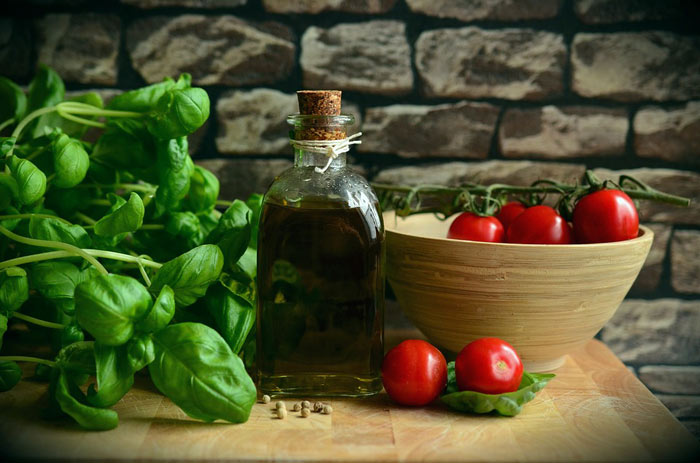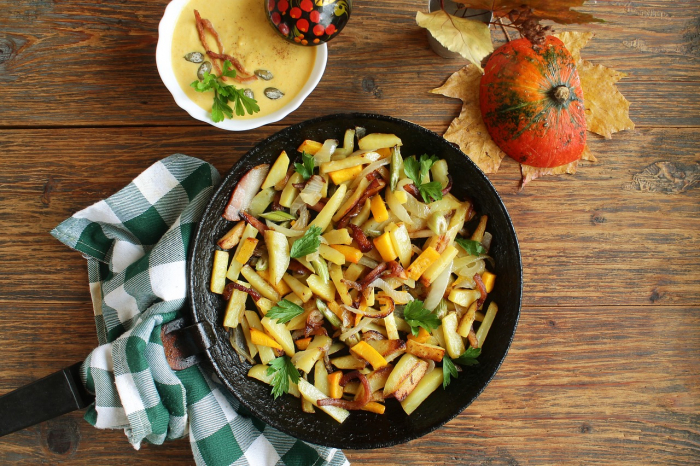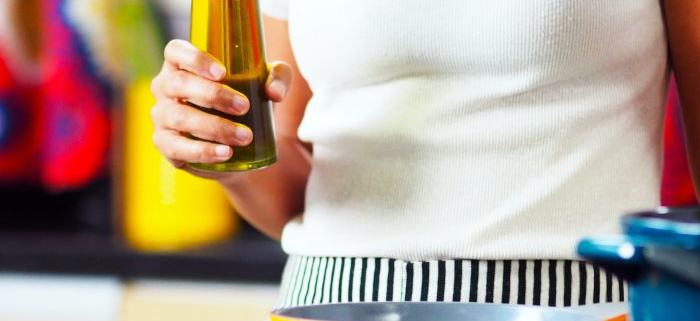The Do’s and Don’t of Using Cooking Oil
Cooking oil is essential to countless recipes. Stir-fries, baked goods, bacon, and french fries, just to name a few. But what happens if when all is said and done (and eaten), and you have a lot of oil or grease leftover?

There is definitely a right way and a wrong way to dispose of these liquids. It’s also possible to reuse them so you don’t feel wasteful.
Here are the dos and dont’s of using cooking oil.
#1: Don’t: Pour it Down Your Sink
First thing’s first, resist the urge to make this common mistake that you’ll soon regret. According to Amarcoplumbing.com, you shouldn’t pour oil or grease down your drain. Over time, these substances solidify and cause blockages. You’ll be calling the plumber in no time.
#2: Don’t: Put it Outside or Compost it
Don’t try to pour old cooking oil outside. It will eventually end up in the sewer and cause blockages. It can also be detrimental to wildlife.
If you put too much oil in your compost heap, it will cause issues with airflow which can ruin your fertilizer. Animal fats of any kind, such as bacon grease, should not be composted. They attract pests that will result in smelly, unhealthy compost.

#3: Don’t: Pour it in the Trash
This one is pretty much common sense. You wouldn’t pour milk or soda into your trash can, and oil is no different. If you pour it directly into your trash can, it will only pool at the bottom of your trash bag and potentially leak out. If the liquid is still hot, it can damage your trash can.
#4: Do: Let it Cool Before Throwing it Away
You want to throw your leftover oil in the trash rather than down the drain, but there’s a proper way to do this:
- First, let the oil cool down so that it solidifies. Once solid, scrape it into a disposable container. You may want to wait until the container is full so as not to be wasteful.
- Once full, place the container in a plastic bag to prevent leaking.
- Then, throw the bag in the trash.
#5: Do: Reuse it
Reusing oil is the best disposal method. It prevents waste and saves you money on your grocery bill. But how exactly does the process of reusing work?
- First, you’ll want to use oil with a high smoking point. This means it can handle higher temperatures and will therefore be easier to reuse. Olive oil, although a favorite of many chefs, has a lower smoking point than options like canola, sunflower, and avocado oil. Ideally, you want a smoking point at or above 400 degrees Fahrenheit.
- Leave your leftover oil to cool overnight with a lid or paper towel over it. Next, filter it using a cheesecloth or coffee filter. This is to remove unwanted leftover debris such as bread crumbs and extra fat. Pour it through the cheesecloth or filter and into a new container.
- Lastly, store it in a sealed container away from heat sources such as an oven, microwave, or window. You can also store it in the refrigerator.
Your liquid leftovers can now be used for baking, frying, and sautéing.

PRO TIP: Reusing works best when preparing similar food items. For example, if your oil is leftover after making chicken, you can reuse it to fry some potatoes. You will not want to use it to make vegan doughnuts.
Conclusion
Oil is an essential part of cooking and baking. Everyone should know how to dispose of it correctly. Proper disposal will save you from plumbing fiascoes. Storing and reusing it prevents waste, saves you money, and can make your food more delicious.



